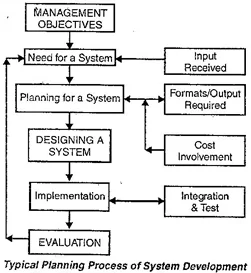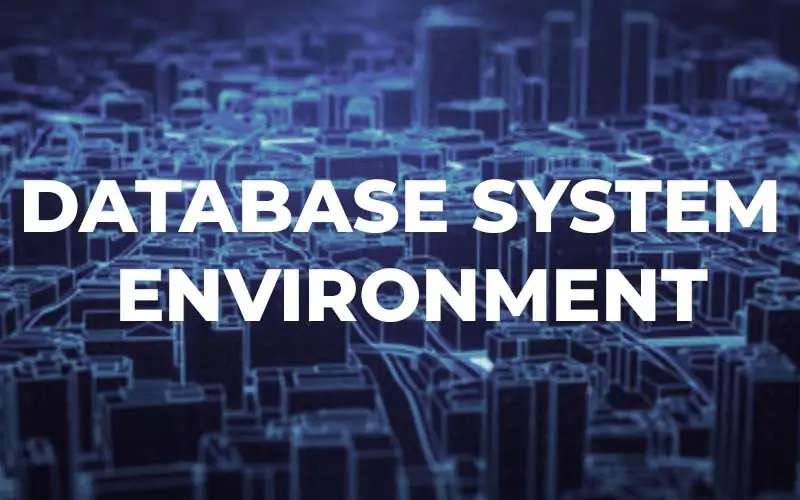Explain the Steps Involved in the Development of Business Systems.
Development of an information system requires adequate planning. The purpose of system development needs to be analyzed and understood. As it involves cost component, feasibility of the system development need to be discussed at a length. The planning process consists of strategic planning which provides general guidance on long-term objectives and operating plans deals with short-term objectives. Each of the business organization is expected to have its own planning process. The hierarchy of the steps for strategic planning for the system development is as follows:
In short the tasks pertaining to design a system consists of defining the problem, understanding the management objectives, identifying the system constraints, understanding the need for information; searching for alternative designs and finally documenting the concept.
The typical planning process of a system development.
Initiation: Begins when a sponsor identifies a need or an opportunity. Concept Proposal is created.
System Concept Development: Defines the scope or boundary of the concept. Includes Systems Boundary Document, Cost Benefit Analysis, Risk Management Plan and Feasibility Study.
Planning: Develops a Project Management Plan and other planning documents. Provides the basis for acquiring the resources needed to achieve a solution.
Requirement Analysis: Analyzes user needs and develops user requirements. Creates a detailed Functional Requirements Document.
Design: Transforms detailed requirements -into complete, detailed System Design Document. Focuses on how to deliver the required functionality.
Development: Converts a design into a complete information system. Includes acquiring and installing systems environment, creating and testing databases/ preparing test case procedures; preparing test files, coding, compiling, refining programs, performing test readiness review and procurement activities.
Integration and Test: Demonstrates that the developed system conforms to requirements as specified in the Functional Requirements Document. Conducted by the Quality Assurance staff and users. Produces Test Analysis Reports.
Implementation: Includes implementation preparation, implementation of the system into a production environment, and resolution of problems identified in the Integration and Test Phase.
Operational Maintenance: Describes tasks to operate and maintain information systems in a production environment. Includes Post Implementation and In-Process Reviews.
Disposition: Describes end-of-system activities. Emphasis is given to proper preservation of data

System life Cycle.
System development life cycle means combination of various activities. In other words we can say that various activities put together are referred as system development life cycle. In the System Analysis and Design terminology, the system development life cycle means software development life cycle. Following are the different phases of software development cycle:
- System study
- Feasibility study
- System analysis
- System design
- Coding
- Testing
- Implementation
- Maintenance



